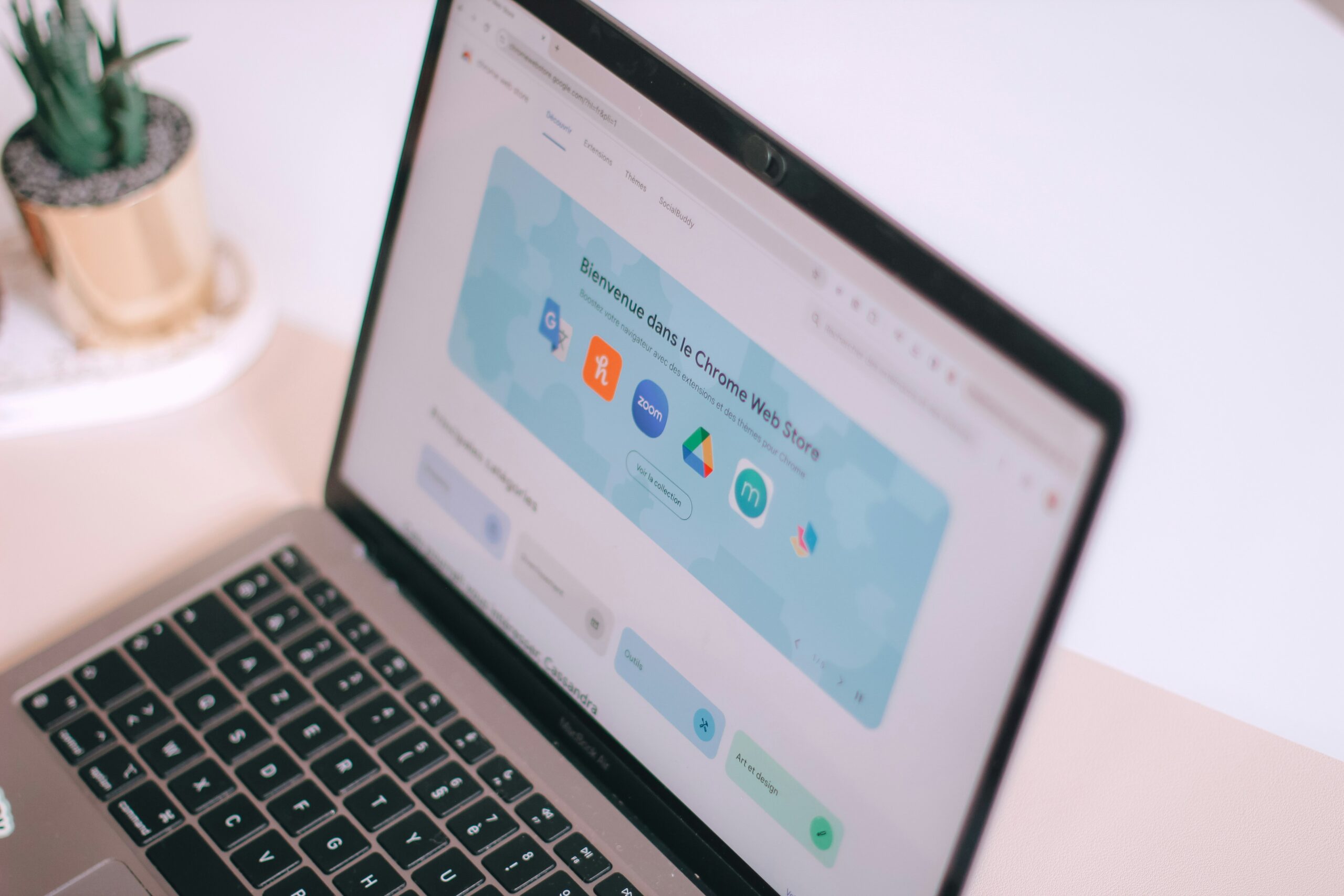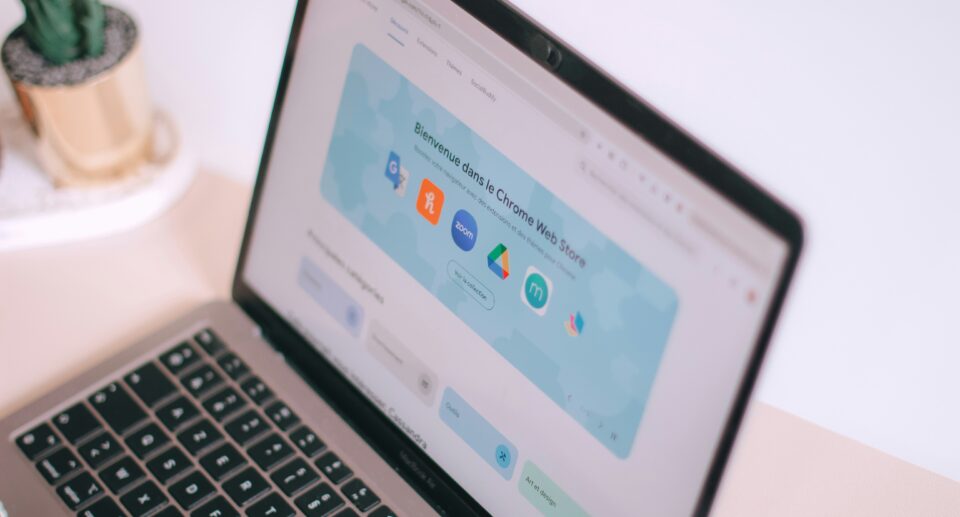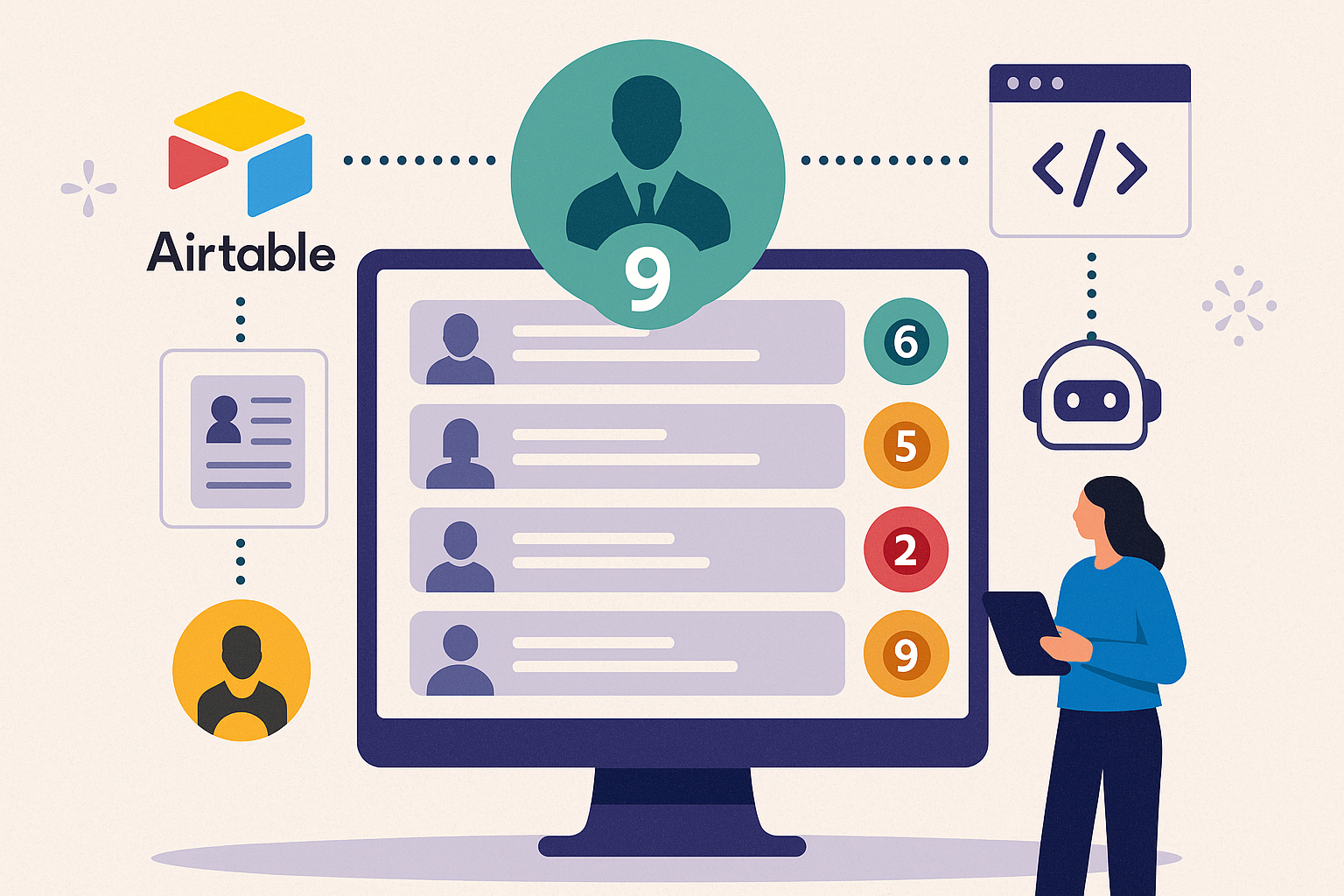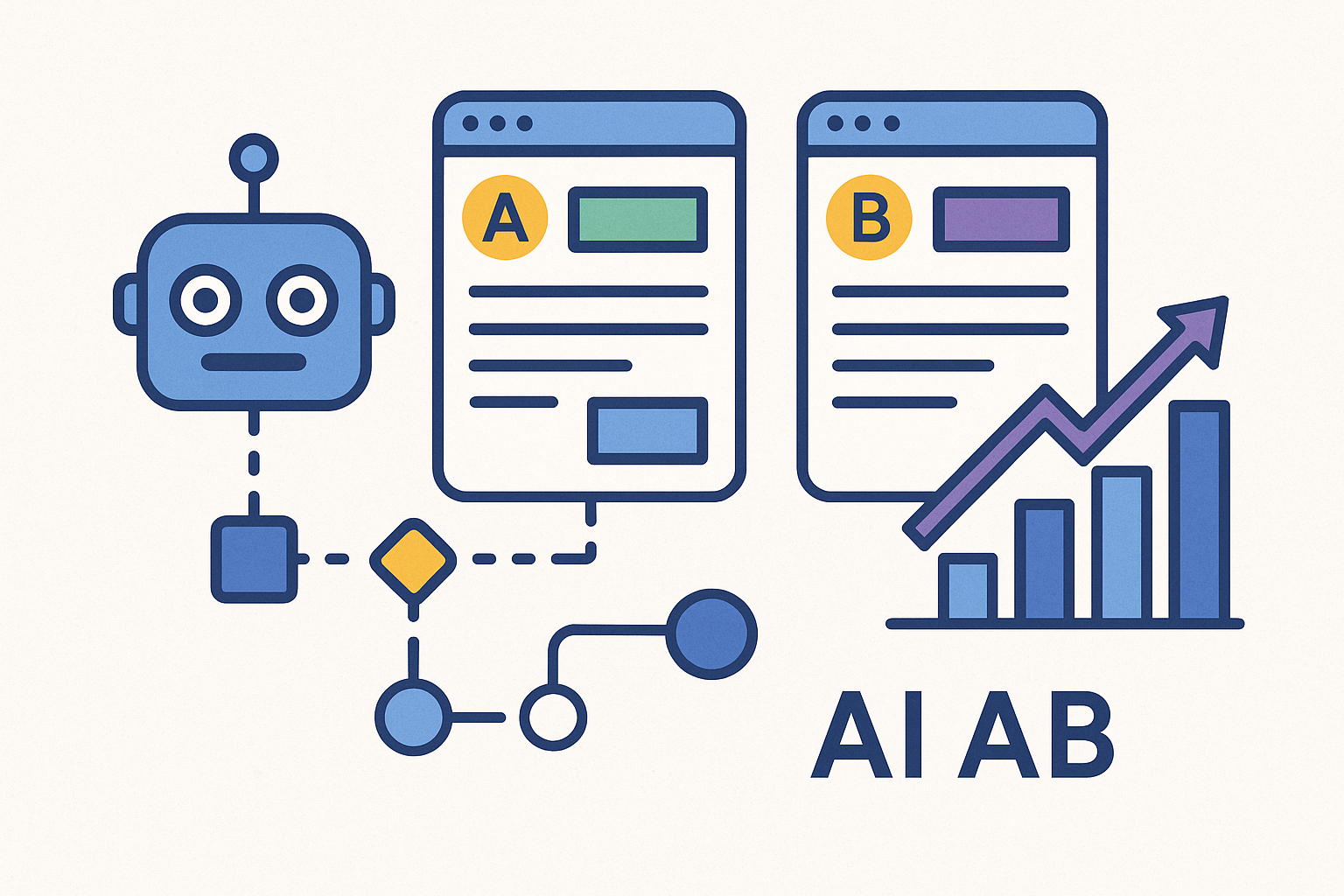Turbocharge Your PR Outreach with AI

Public relations has always been a high-leverage growth channel.
One placement in an authoritative outlet can deliver the kind of awareness and trust that would cost six figures to replicate through paid media!
Yet traditional PR remains incredibly inefficient for lean marketing teams.
Finding the right journalists, tailoring pitches, following up at the perfect moment, logging each interaction, and measuring the ripple effects can take entire weeks, that could have been spent polishing products or talking to customers.
Worst of all, much of that effort vanishes into the ether: generic email blasts hit spam filters, boiler-plate press releases go unread, and agencies invoice regardless of results.
Artificial intelligence finally offers a way out of that time sink.
By automating the heavy lifting (data scraping, contact matching, message personalization, timing optimization) AI platforms let marketers reclaim their calendar while achieving greater reach and credibility.
Let’s take a deeper look at how to build an AI-driven PR engine that delivers actual measurable coverage without the agency price tag.
1. Stop Treating Media Lists as Static Assets
The first thing AI changes is your definition of a “media list.” In the old model you downloaded a CSV, filtered by beat, and hoped those contacts were still on staff in six months. AI-powered PR platforms maintain live databases that update in real time—job changes, new bylines, even shifts in editorial focus.
That matters because turnover across U.S. newsrooms now exceeds 25 percent annually. When you pitch a journalist who left last quarter, you don’t just waste an email, you tell the remaining editors you aren’t paying attention.
Action step: Choose a platform that performs daily media-monitoring sweeps and flags stale contacts automatically. Good systems will also surface fresh voices—new podcast hosts, Substack authors, research analysts—who rarely appear in static lists but punch far above their weight in niche markets.
2. Mine Story Angles with Natural-Language Processing
AI tools scrape thousands of recent headlines and social-media threads to reverse-engineer what each journalist cares about.
Instead of guessing, you feed the platform a seed topic (“AI in personal finance,” “sustainable packaging for DTC brands”) and receive clusters of sub-topics ranked by momentum—how frequently each theme emerges, whether sentiment is peaking or cooling, and who covers it most often.
Action step: Spend one hour per launch cycle refining your topic cluster. Pick two angles that map cleanly to the value your product delivers and two that challenge conventional wisdom. Build these into your pitch framework before writing a single sentence.
3. Let the Machine Draft, but Keep the Human Voice
Generative AI can compose a passable pitch in seconds, but it cannot know your founder’s backstory, your brand language, or the subtle differentiators that separate you from seven look-alikes. The ideal workflow looks like this:
- AI suggests the skeleton: subject line variations, hook sentences, evidence snippets.
- You—or a trusted writer—inject specificity, warmth, and fact-check every claim.
- AI tests variations for spam triggers and length, recommending edits that boost deliverability.
By pairing machine speed with human nuance, your outreach gains the twin advantages of scale and authenticity.
Tip: Use AI to generate two versions: one concise (under 120 words) and one narrative (200–220 words). Busy editors will skim the short form; curious editors can dive deeper without asking for more material.
4. Score Journalists Like Prospects
Sales teams have used lead-scoring models for a decade; there’s no reason PR shouldn’t do the same.
Modern PR platforms weigh recency of coverage, social engagement, historical open and reply rates, even time-zone fit. A writer covering your sector weekly, with high engagement and recent social chatter, should rank far above a tangential editor whose replies are perpetually one-word declines.
Action step: Calibrate your scoring model around three pillars—relevance, influence, and responsiveness. Contacts scoring below a threshold should be filtered into a nurture track (occasional industry commentary) while top scorers receive tailored, high-context pitches. This focus ensures limited human attention lands where it can convert.
5. Use Smart Sequencing—Then Stop
Editors complain that relentless follow-ups can feel like inbox harassment.
Sequenced AI follow-ups fix this by spacing reminders at statistically optimal intervals and halting as soon as a writer shows genuine engagement (opens, clicks, partial replies). The machine never forgets to circle back, but it also knows when to quit.
Action step: Cap your sequence at three touches: Day 0 (initial pitch), Day 3 (short nudge with new data point), Day 7 (final note offering to close the loop). After that, retire the lead for 30 days and rotate angles or assets before approaching again.
6. Measure Placement Quality, Not Vanity Mentions
AI analytics lets you trace referral traffic, conversions, and backlink authority back to each placement. A local business-journal mention that drives 200 trial sign-ups is more valuable than a Fortune quote that yields crickets.
By weighting placements by downstream impact—traffic quality, subscriber lift, SEO domain authority—you learn which outlets merit deeper investment.
Action step: Tag every inbound lead in your CRM with the placement source. Over a quarter, stack-rank publications by revenue contribution, not just clicks. Rework your media list accordingly.
7. Case Study: From Zero Coverage to Mainstream Buzz in Six Weeks
A bootstrapped e-commerce startup selling zero-waste cleaning products used an AI platform to scrape 1,800 sustainability writers, whittled that to 37 highly relevant contacts, then leaned on AI-generated drafts personalized by a single founder. Sequenced outreach landed four feature stories, 22 podcast guest spots, and a syndicated local TV segment. Net results: 7,200 incremental email subscribers, a 28 percent revenue bump, and two blue-chip retailers requesting meetings.
Total out-of-pocket spend?
Under $500 for the tool subscription and a weekend’s worth of founder time.
8. Platform Spotlight: JustReachOut
One standout tool that wraps all these capabilities—live database, AI pitch generator, smart sequencing, and performance analytics—is JustReachOut. The platform keeps 700,000+ journalist profiles updated in real time, drafts context-aware emails linked to each reporter’s recent work, and tracks engagement.
Never guessing whether a pitch landed. Built-in opportunity alerts flag when journalists publicly request sources, giving you a first-mover advantage.
Affiliate disclosure: We earn a commission if you purchase JustReachOut through this link—JustReachOut PR Platform. We recommend it because its AI tools have cut our own outreach time by 60% percent while doubling response rates.
If you already use separate tools for media lists, outreach, and analytics, JustReachOut can replace that patchwork with a single dashboard, freeing budget and slashing onboarding friction.
9. Build a Content Calendar That Drives Outreach
AI thrives on consistency.
Feed it a steady stream of news hooks—launches, partnerships, data releases, founder op-eds—and you’ll never scramble for angles at the last minute. A quarterly content calendar aligning PR themes with product milestones, funding rounds, or trend reports keeps both humans and machines working from the same blueprint.
Action step: Map four “anchor” announcements per year (one per quarter) and at least eight supporting story ideas—industry commentary, data insights, founder backgrounders. Load these into your outreach platform so pitches auto-pull fresh angles as each date approaches.
10. Treat Editors Like Long-Term Partners, Not Conversion Targets
AI accelerates the mechanics, but relationships still move at human speed. When a journalist passes on your angle, ask what they’re working on next quarter. Send data that supports their beat without asking for mention. Congratulate them on award wins. The platform can remind you to check in, but sincerity has no substitute.
Pulling It All Together
AI won’t magically create newsworthiness, but it crushes the manual overhead that used to make PR a luxury for startups.
By integrating live media databases, NLP-powered story mining, generative pitch drafts, lead-scoring, and sequenced follow-ups, you transform PR from a hope-and-pray game into a rigorously measured growth channel. Platforms like JustReachOut act as your intelligent co-pilot: surfacing the right journalists at the right moment, whispering personalized hooks, and logging every interaction so you can prove ROI.
Embrace the machine for its speed; guard the story for its humanity. Turbocharge your outreach, and let editors decide whether to run your story or your competitor’s slower-moving pitch. The clock, for once, is on your side.








